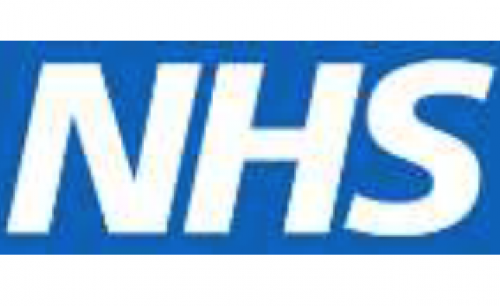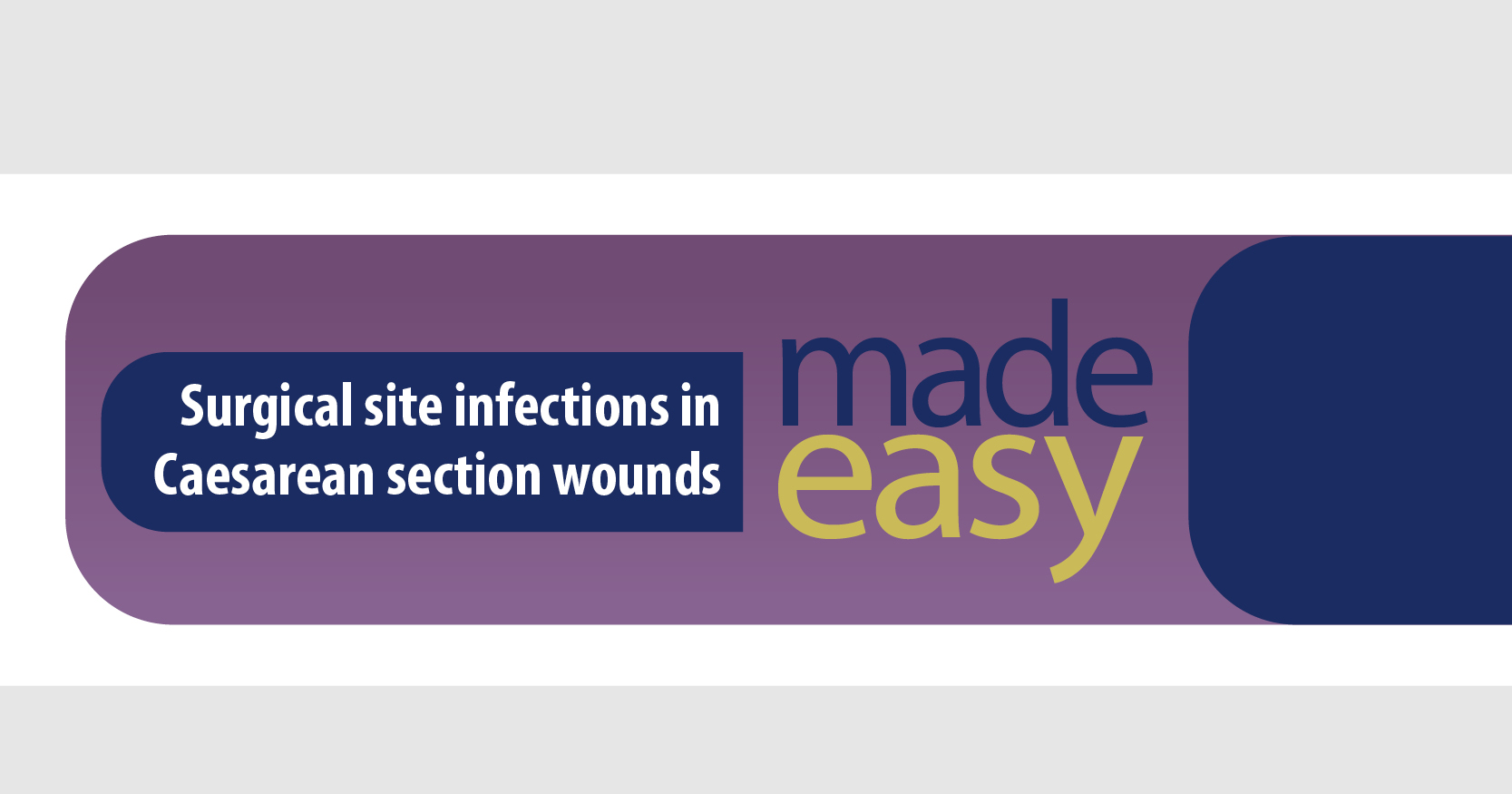Here an early release of the latest NHS guidelines on how healthcare professionals can protect themselves from skin damage underneath their personal protective equipment (PPE). The guideline will be available later today from this website: https://www.england.nhs.uk/coronavirus/secondary-care/
Publications approval reference: 001559
Ensure you have been correctly fitted for the equipment that your organisation uses. Always follow the guidelines for donning and doffing.
It is recommended that you keep your skin clean and well hydrated/moisturised – apply creams at least 30 minutes before applying PPE.
Consider use of a barrier skin wipe/skin protectant if you are likely to be wearing PPE for extended periods. This will not protect your skin from over-tightening but may protect it from increased moisture. Check the barrier product does not build up residue under the mask.
Take time to fit your mask before starting a clinical consultation. Ensure all folds in your mask have been used to optimise the correct fit for you and do not over-tighten. If you feel your mask is digging in, move away from direct patient contact, remove the mask using doffing guidance and allow the skin to recover for approximately five minutes. Replace your mask with a new one ensuring a good fit.
Regularly inspect your skin for signs of redness/soreness.
It is important that you take regular breaks (we recommend every two hours) from wearing a mask to relieve the pressure and reduce moisture build-up. Where possible, rotate in teams where FFP3 can be removed between clinical shifts. This will help allow the skin time to recover.
Stay well hydrated throughout the day.
Caution: Skin protectants and emollients with white soft paraffin are flammable. You are advised not to smoke with them present on your skin.
NHS England and NHS Improvement
- the product should be as low profile (thin) as possible
- it is preferable that the product has a tapered edge
- you should ensure you mask still fits correctly; the fit test should be repeated
- ensure the skin and your mask/visor are clean and thoroughly dry before applying.
Managing damaged skin
If a break occurs in the skin on your face:
- inform your line manager and complete an incident report
- consider the use of an alternative to the mask, such as a hood
- consider the use of a tapered silicone foam or a thin hydrocolloid dressing to protect your skin, but you must ensure a complete fit of your mask
- remember to remove the dressing each time as part of the doffing process.
These products are recommended as first choice, but the decision should be based on your local formulary and availability.
Guidance for TVNs
Skin care
Maintaining well-hydrated skin is key. Remind staff they should do this by drinking plenty of liquid as well as applying simple moisturisers.
When applying moisturisers, it is advised that they are used at least half an hour before the mask is applied to ensure they sink into the skin and do not damage the material of the mask.
Skin protection
Ensure staff understand that damage can occur due to moisture (sweat in this instance) and also friction if the PPE is not properly fitted or correctly tensioned.
A skin barrier product may help in this instance. Select a barrier product that dries quickly and does not leave residue as this may ‘ball’ under the mask and cause further problems.
Caution: all skin protectants and any emollients with white soft paraffin are flammable: advise staff not to smoke with them on their skin.
Selecting a dressing
While there is no real guidance on which dressing is better than any other, there are some generic principles to consider:
Balance the need for stability of the product against potential skin damage. An adhesive product is much better to prevent slippage, and therefore potential leakage, but can cause problems if removed frequently. Therefore, consider use of skin barriers before applying, and using silicone adhesives unless the staff member has a known allergy. Dressings should be removed and replaced at each doffing as they may be contaminated. An adhesive remover may help reduce damage to the skin.
Fit and seals: the thinner the product is, the better. But also consider how much protection this gives and which force it is offering protection against (pressure, shear or friction). A profile-edged product gives a better opportunity of maintaining the seal than one with blunt edges. The individual should be fit-tested with the product in situ.
The best way to relieve pressure is physical removal of the mask. This should be done at least every two hours if possible. The skin should be wiped free of any sweat and allowed to dry.
If staff are cleaning their masks with wipes, they must ensure any residue is dry before reapplying.
Consider the risk of adhesive leeching and sticking to the mask seal if cutting and shaping adhesive products. Where possible, use appropriately sized and shaped products.
Avoid use of polymer gel shaped products such as Aderma™.







